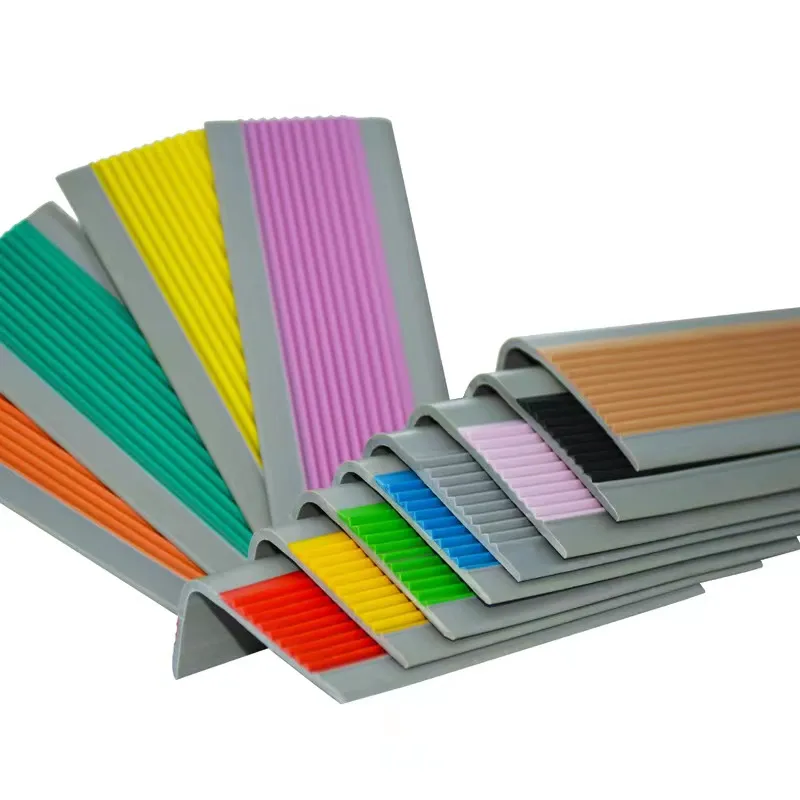Edge Banding Solutions for Enhancing Furniture Aesthetics and Durability
The Versatility of Edge Tape for Furniture A Comprehensive Guide
Edge tape, often referred to as edge banding, is a crucial component in the world of furniture design and manufacturing. It serves multiple purposes, enhancing both the aesthetic appeal and durability of furniture pieces. This article delves into the various uses, benefits, and installation techniques of edge tape, making it an essential read for DIY enthusiasts, furniture makers, and interior designers alike.
What is Edge Tape?
Edge tape is a material used to cover the exposed edges of furniture components, typically made from materials such as wood, MDF, or particle board. It can be produced from a variety of substances, including PVC, melamine, or wood veneer, allowing for an array of finishes and colors to suit diverse design needs. The main purpose of edge tape is to protect the vulnerable edges of furniture from damage, moisture, and wear while creating a polished and professional appearance.
Benefits of Using Edge Tape
1. Aesthetic Enhancement One of the primary advantages of using edge tape is that it significantly improves the overall look of furniture. Exposed edges can appear raw and unrefined, whereas edge banding provides a finished look that elevates the design. With a variety of colors and textures available, edge tape can seamlessly blend with the surface color or stand out as a design feature.
2. Durability and Protection Furniture edges are prone to chipping, cracking, and peeling. Edge tape acts as a protective barrier, preventing damage from everyday use and environmental factors. This added layer of protection extends the lifespan of the furniture and preserves its integrity.
3. Cost-Effectiveness For furniture manufacturers and DIYers, utilizing edge tape is an economical way to enhance products. Instead of investing in solid wood or extensive finishing processes for exposed edges, edge tape can provide a similar final appearance at a fraction of the cost.
4. Ease of Installation Edge tape is relatively easy to apply, making it accessible for both professionals and hobbyists. With the right tools and techniques, even a novice can achieve a clean and professional finish.
Types of Edge Tape
There are several types of edge tape available, each with its unique properties
- PVC Edge Tape Known for its durability and resistance to moisture, PVC edge tape is often used in kitchens and bathrooms. It also comes in a vast range of colors and finishes.
edge tape for furniture

- Melamine Edge Tape Melamine is a popular choice due to its affordability and ease of application. It is best suited for standard furniture and cabinetry.
- Wood Veneer Edge Tape For a more natural look, wood veneer edge tape offers an authentic appearance. It can be stained or finished to match the surrounding wood surfaces.
Installation Techniques
Installing edge tape can vary depending on the type of tape used, but some general steps include
1. Preparation Clean the edge of the furniture piece thoroughly to remove dust and debris. Measure the length required and cut the tape accordingly.
2. Heating If using adhesive-backed tape, apply heat using an iron or edge banding machine to activate the adhesive. Ensure the temperature is appropriate to avoid damage.
3. Application Align the tape with the edge, starting from one end and gently pressing down as you move along the edge to avoid air bubbles.
4. Trimming Once the tape is applied, use a flush trimmer or utility knife to cut off any excess tape, ensuring a seamless edge.
5. Finishing Touches Depending on the type of tape, further finishing may be required, such as sanding or sealing, to achieve the desired look.
Conclusion
Edge tape is a simple yet transformative solution for achieving a professional finish in furniture design. Offering aesthetic value, protective benefits, and cost-effectiveness, it is a vital tool for anyone involved in furniture manufacturing or renovation. With the right edge tape and application technique, you can easily elevate the quality and durability of your furniture pieces, ensuring they look great and stand the test of time.
-
Under Door Draught Stopper: Essential ProtectionNewsJul.31,2025
-
Garage Door Seal and Weatherstrips for ProtectionNewsJul.31,2025
-
Edge Banding Tape for Perfect EdgesNewsJul.31,2025
-
Table Corner Guards and Wall Corner ProtectorsNewsJul.31,2025
-
Stair Nose Edging Trim and Tile Stair SolutionsNewsJul.31,2025
-
Truck Bed Rubber Mats for Pickup BedsNewsJul.31,2025
-
Window Weather Stripping for Noise ReductionNewsJul.29,2025